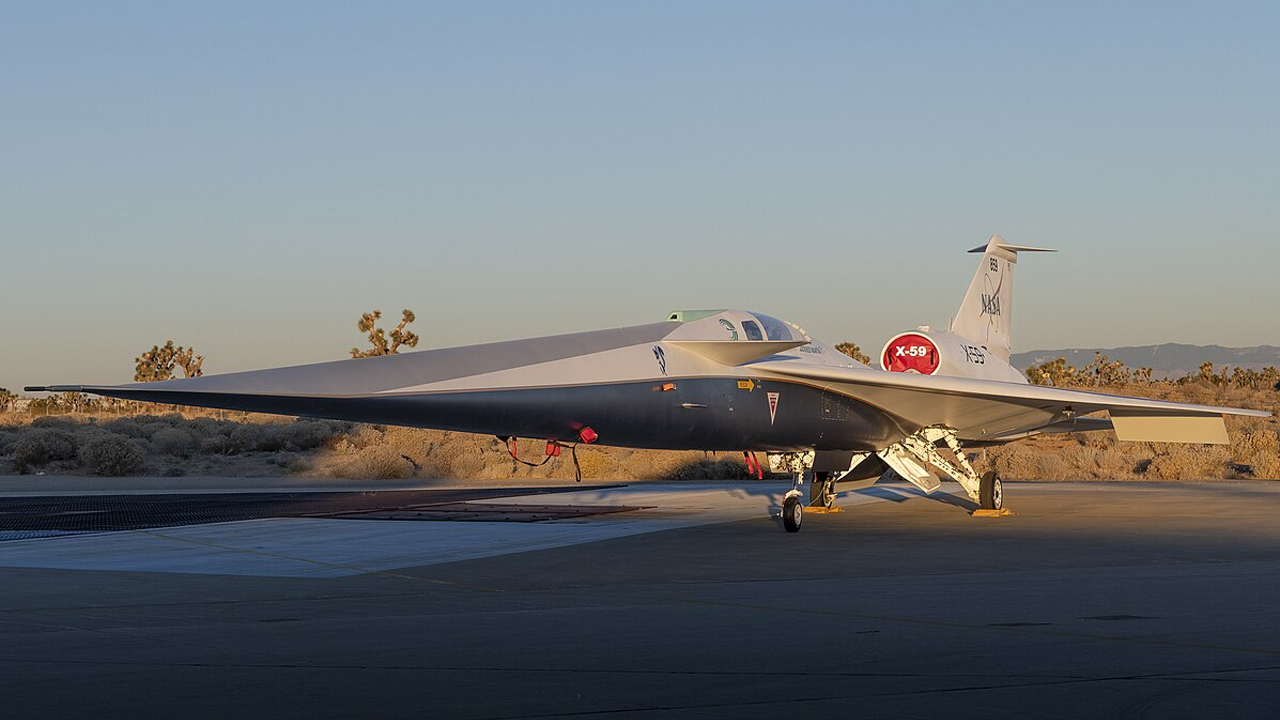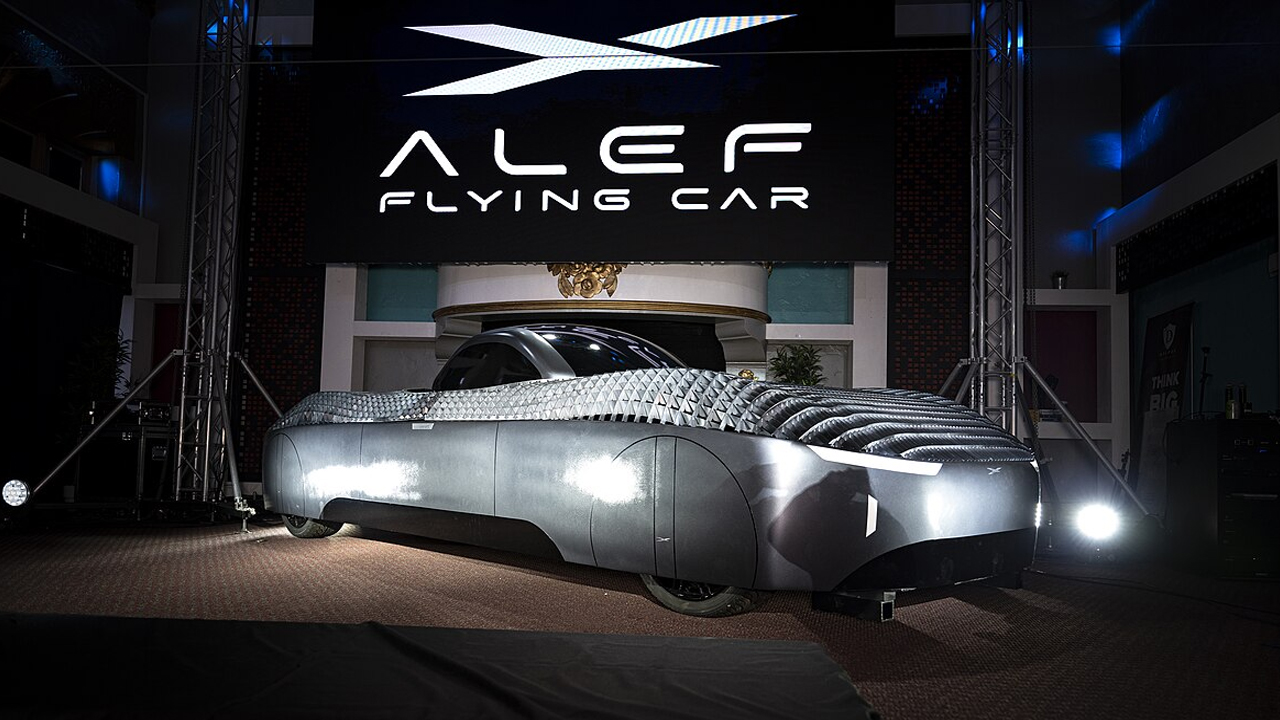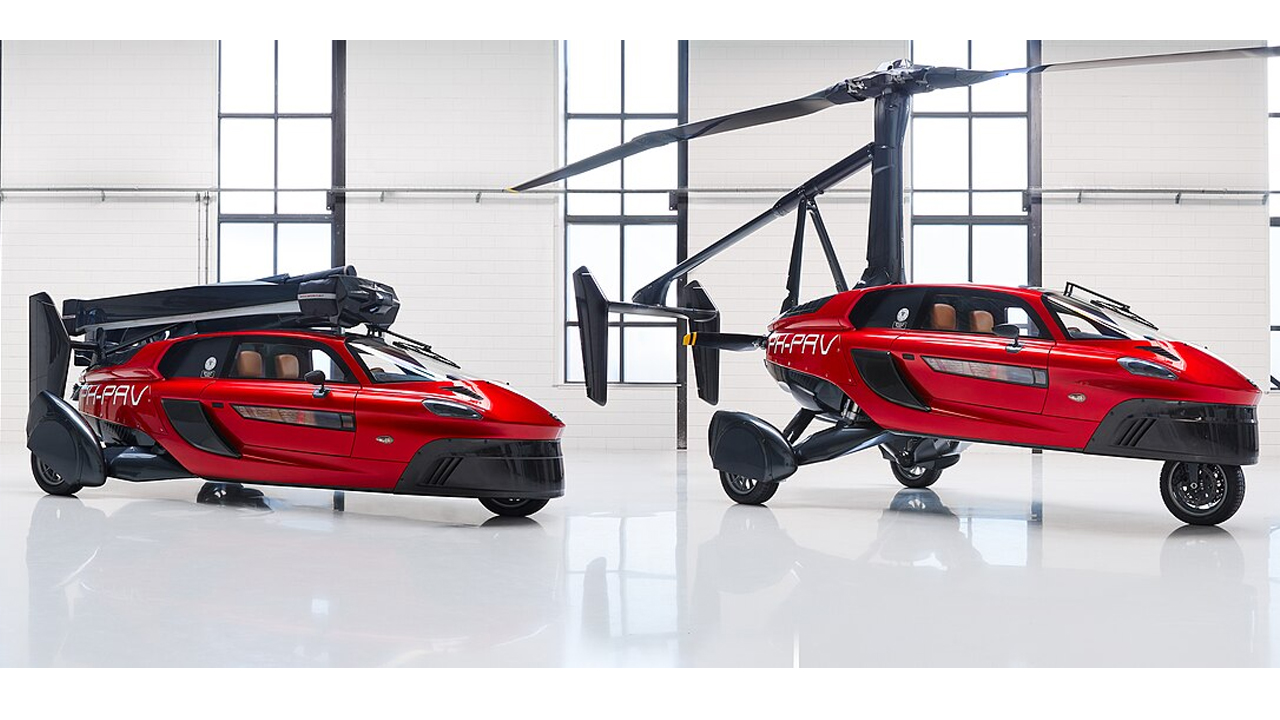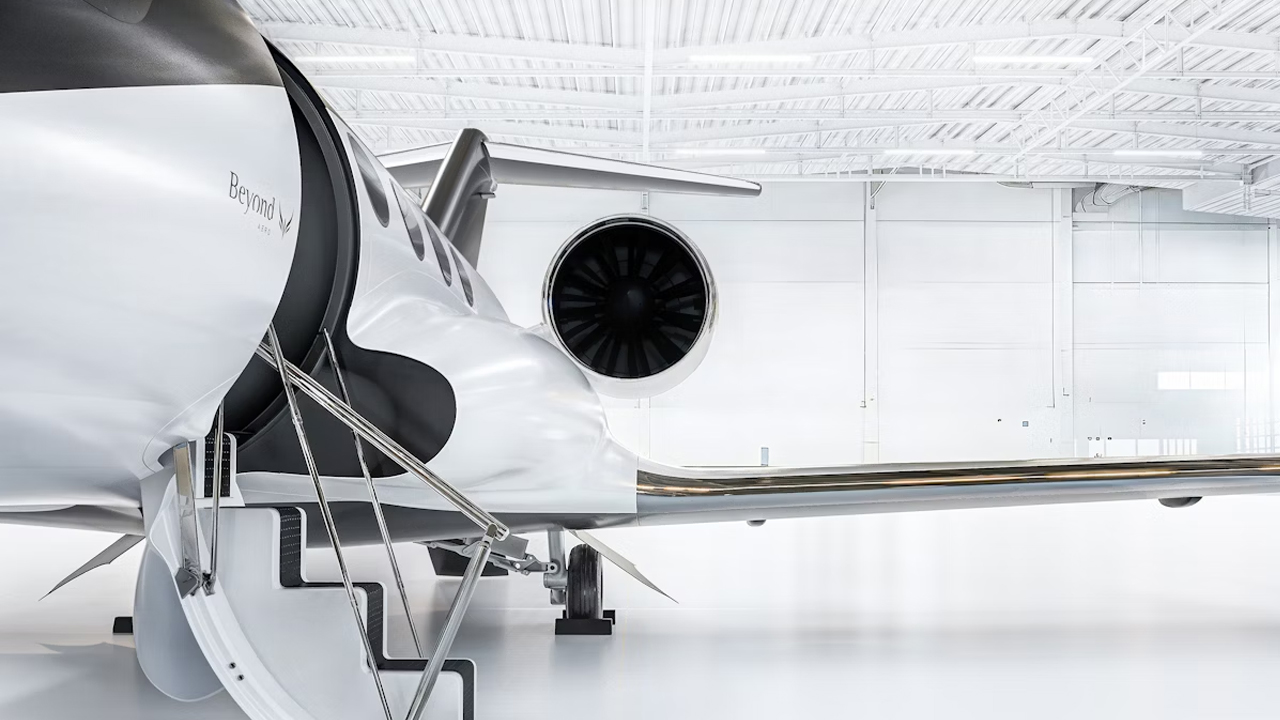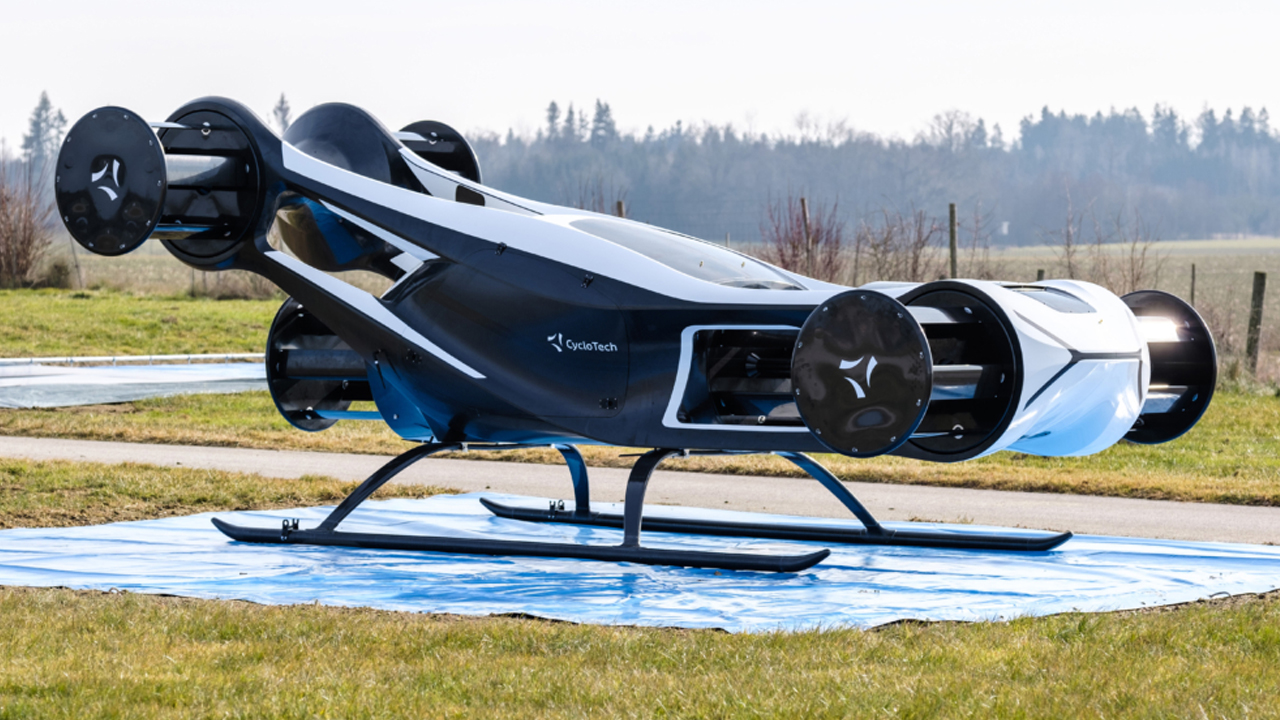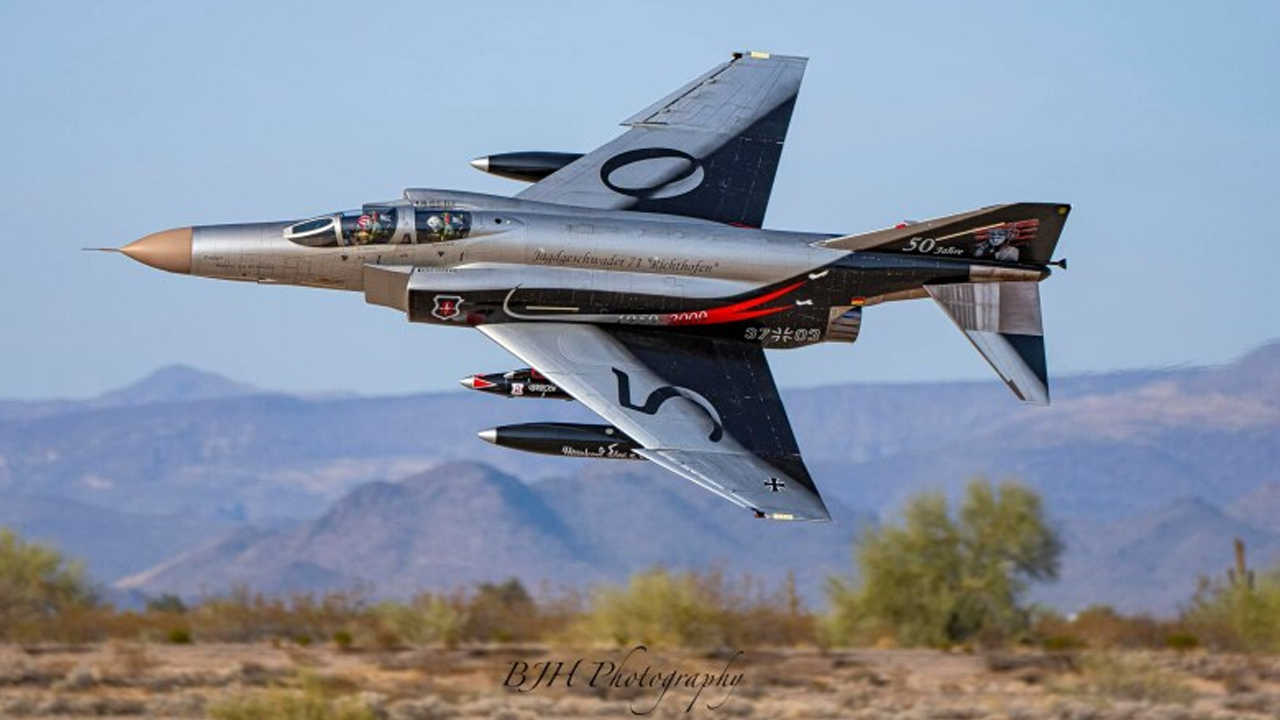For decades, the dream of supersonic passenger jets flying over land has been grounded by one noisy problem—sonic booms. These sudden, thunderous sounds shook buildings and annoyed communities, ultimately leading to a ban on supersonic flights over land in the U.S. But now, NASA is betting on the X-59 to change the rules.
Engineering Silence at Supersonic Speed
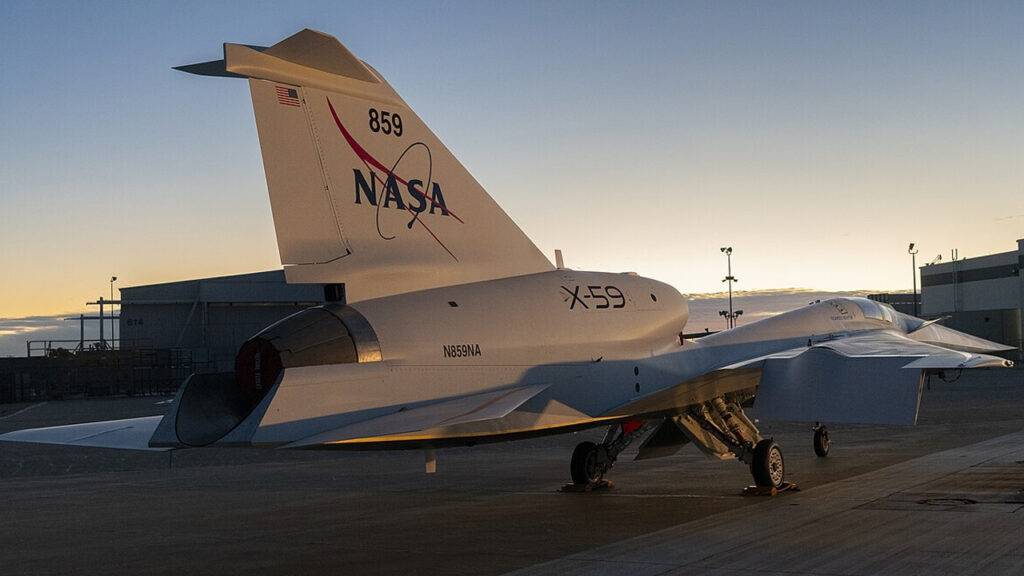
The X-59 QueSST (Quiet SuperSonic Technology) is a sleek, needle-nosed aircraft developed with Lockheed Martin. Its long fuselage and precisely shaped body are built to prevent shockwaves from merging into a boom. Instead, it produces a soft “thump” that’s no louder than a car door closing. That design—confirmed by Lockheed Martin’s research—could pave the way for lifting the decades-old ban on overland supersonic travel.
Designed to fly at Mach 1.4 (roughly 925 mph), the X-59 aims to prove that speed doesn’t have to come with disruption.
From Lab to Skies—and Communities
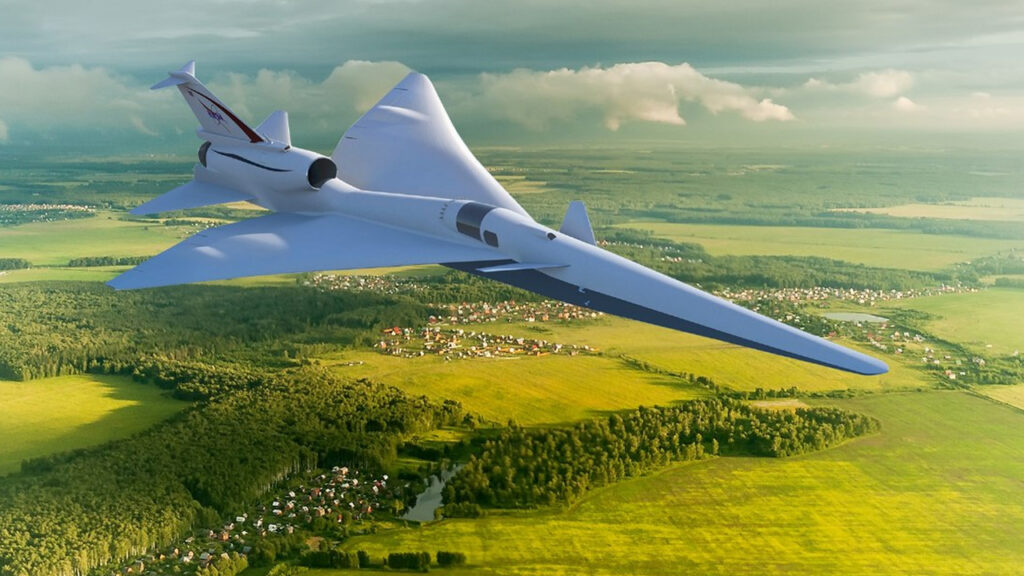
This isn’t just a lab test. NASA plans to fly the X-59 over select cities starting in 2025 to gather public feedback on the sound levels. These “community response” flights will be the first real test of how people react to the quiet sonic signature, and the data will go straight to aviation regulators. As noted in the official NASA press announcement, this could open the door to commercial supersonic flights across the U.S.
Why It Really Matters
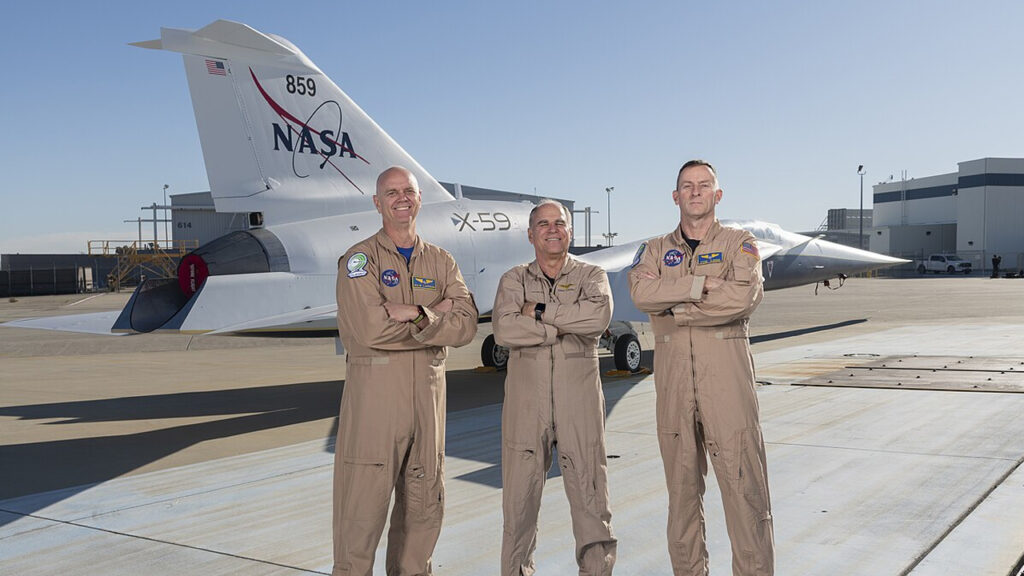
If successful, the X-59 could lead to a new generation of fast, efficient aircraft that connect cities in half the time without disturbing anyone on the ground. It’s not just about speed—it’s about making supersonic travel practical, sustainable, and accepted by the public.
It’s a bold step that could reshape the way we fly—quietly, and faster than ever.


